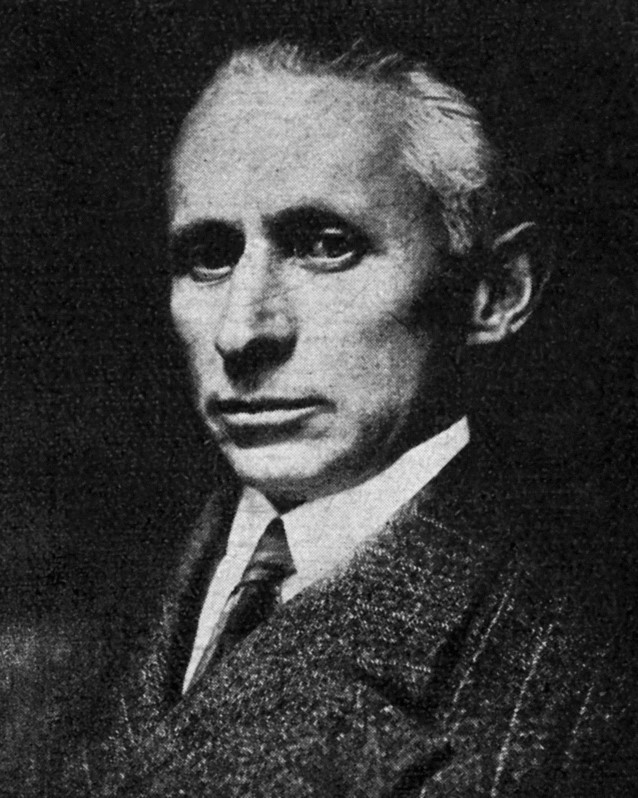Sarah LIPSKA
January 5, 2019Arieh MERZER
January 5, 2019Jacques LOUTCHANSKY (born Yakov Luchansky)
VINNYTSIA (UKRAINE) 1876 – ISRAEL 1978
Jacques Loutchansky was born in Vinnytsia, in the Podolie region. His father worked in a trading company. He took an interest in drawing from a young age. His father encouraged him to develop his artistic talent. He studied sculpture at the School of Fine Arts in Odessa and graduated in 1896. Loutchansky arrived in Paris in 1903 where he studied at the Ecole des Beaux-Arts under Antonin Mercié. He settled at 4 rue Texel, where he lived for over thirty years. His studio was filled with wood, bronze, and plaster sculptures.
He exhibited his work at the Salon des Indépendants in 1906, at the Salon d’Automne in 1912 and at the Salon des Tuileries in 1923. His sculptures were also presented at the Exhibition of Modern Art in Moscow in 1928. The Galerie Pierre in Paris organized his first solo exhibition in 1938.
He spend much time at La Coupôle, where customers used to play pétanque. He made friends with Despiau, Carné, and Pompon. In 1933, in his monograph dedicated to Jacques Loutchansky, André Levinson wrote: “Structure, consistence, volume, choice, and function of material, interpretation of the subject, everything reflects, in the compositions and portraits of Jacques Loutchansky a discreet originality, a mark of his distinct artistic character which reveals a deep yet hidden inner life.”
In 1949, he moved to Israel, where he produced numerous portraits of political activists. He also created bas-reliefs and nudes. A retrospective on his work took place in Jerusalem on the occasion of his hundredth birthday. Most of his works are today in Paris, Israel, the United States, and Germany. (Quotation translated by Brad Scott).
Stories of Jewish Artists of the School of Paris 1905-1939
FRENCH-ENGLISH
Capitale des arts, le Paris des années 1905-1939 attire les artistes du monde entier. De cette période de foisonnement, un terme est resté, celui d'Ecole de Paris, qui recouvre une grande diversité d'expression artistique. Dans ce brassage dont Montparnasse est le creuset, un groupe se distingue : celui des artistes juifs venus de Russie, de Pologne et d'Europe centrale. Si leurs styles sont variés, un destin commun les rassemble : ils fuient l'antisémitisme de leur pays d'origine. Certains ont connu la célébrité dès les années 1920, tels Soutine, Lipchitz ou Chagall. D'autres n'ont pas eu le temps ou la chance d'y accéder. Près de la moitié a péri dans les camps de concentration nazis.
From 1905 to 1939, Paris attracted artists from all over the globe as the capital of the art world. This period of artistic proliferation became known as the School of Paris, and includes a great diversity of artistic expression. Within the teeming art world centred on Montparnasse, one group set itself apart: Jewish artists from Russia, Poland, and Central Europe. Although their styles were diverse, they shared the common fate of fleeing anti-Semitic persecutions in their home countries. Some became famous in the 1920s, such as Soutine, Lipchitz, and Chagall, while others did not have the time or the luck to gain renown. Nearly half of these artists died in Nazi concentration camps.





